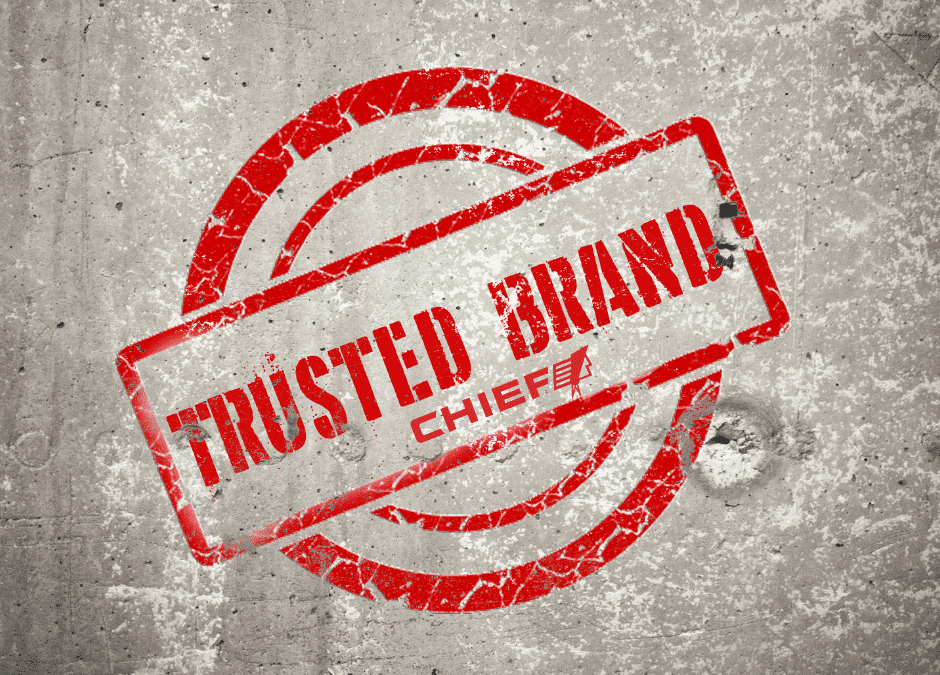Trust
1 : firm belief in the character, strength, or truth of someone or something 2 : a person or thing in which confidence is placed. 3 : a property interest held by one person or organization (as a bank) for the benefit of another.
Brand trust
1 : how confident your market feels in your company’s ability to deliver on what your marketing messages promises.
Why is trust so important when it comes to an organization and their brand image? It’s due to one-third (33%) of American consumers placing importance on brand trust because they cannot afford to waste money on a bad purchase. Also, 81% of consumers state that due to personal vulnerability and privacy concerns, brand trust is the number one factor when making purchasing decisions.
In this digital age, privacy concerns are at the forefront for each consumer before they “click.” If a company has not established a basis of trust and transparency with prospective consumers, the company may not get an opportunity to share their story. Over the past 12 months, Apple and Google have joined the conversation of better protecting consumer privacy and ensuring users have more trust in their platform. Apple’s new iOS14 update will stop cross-app tracking and Google announced that they will block third-party cookies from its Chrome browser by 2022. Both companies clearly recognize the importance for their users to trust their products and stay loyal to the brand.
To Chief, trust is everything. It is the first characteristic listed in our tagline because it holds the greatest weight. Trust with our internal and external stakeholders is our most important asset. Since 1954, the leaders of Chief have provided a great vision for our culture, displayed unshakeable character, and led with courage. Today, more than ever, our leaders focus on brand trust. It is important for us to “market it all.” We must be transparent in our position, how we do business, and how we plan to make an impact.
Chief focuses on 5 tactics to build trust with our customers:
- Using a brand voice that is polished and authoritative, but also human and relatable.
- It is important to keep our tone relationship based and conversational in order to connect and appeal to our audience.
- Establishing a friendship and treating our stakeholders like VIPs.
- We invest in our relationships and personalize our approach. For those divisions that support dealer and builder networks, we offer an annual loyalty trip. These trips have taken place around the world and allow Chief to move beyond a vendor/customer relationship. We build an unparalleled partnership with our customers that is focused on personal attention and authenticity.
- Embracing transparency in our interactions with our stakeholders.
- It is important that we reduce any gap between brand promise and its delivery. The work that is committed to, is the work that is delivered.
- Providing proof of the value of our products.
- Not only do we offer warranties on our products, but we often tell our stories through the experiences of our customers. Raw customer testimonials create better narratives than we could ever tell and are an honest review of our product’s value.
- Providing value through quality products and authentic experiences.
- Chief doesn’t just sell a superior product or service; we sell an experience. With each product or service sold, we offer dependable customer service. We offer tools that explain how to get the best value out of the product and how to get the best results.
Beyond these 5 key tactics, there is a common thread that is woven through each strategy, customer involvement, and feedback. We focus on understanding our customers. We ask for feedback, respond with transparency, and implement value added initiatives. Chief’s success is only as great as the success of our people and our customers. We understand that they can sniff out non-authentic messages a mile away, so we focus on being thought leaders in our industry and being human in our interactions.

